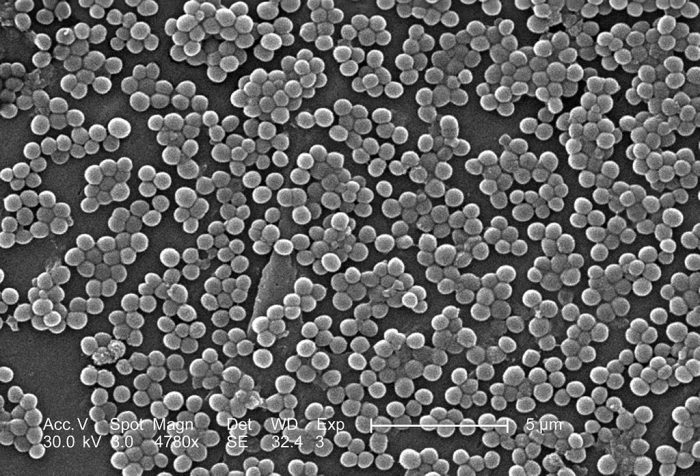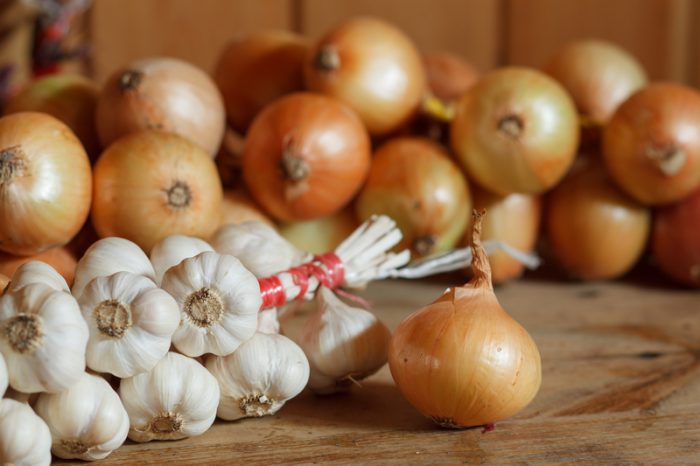When it comes to the European Middle Ages, there's one word that doesn't get used often.
Healthy.
To be blunt, people did not tend to live long lives back then. Sanitation as we know it did not exist, which allowed germs and disease to spread wildly. And medical theory was far behind modern understandings of the human body. But that doesn't mean that it was all backward and confused.
Important medical advances did occur, especially in monasteries and universities where doctors, monks, and other early experts could study treatments and surgery. People recorded their successes in medical textbooks, hoping that these recipes and techniques could help others cure the sick and injured.
Now, one of those textbooks, Bald's Leechbook, is getting put to the test in modern labs. And one onion and garlic remedy within its pages is looking very impressive indeed!
Cooking up a cure

A page from the medical textbook, Bald's Leechbook. (Wikimedia Commons)
Dating back to around the year 900, Bald's Leechbook is over 1,000 years old. The onion and garlic remedy in question is called Bald's eyesalve (a salve is a medicinal ointment or cream). Its ingredients also include wine and cow bile (a digestive fluid produced by the animal's liver—human livers also make bile).
It might all sound kind of odd, but it's worth noting that cow bile is used in dishes all over the world. And, as a fluid made to aid digestion, it is already a kind of natural treatment. What's more, researchers have found that Bald's eyesalve has performed really well in killing certain dangerous bacteria.
Bacteria that modern antibiotics—antibacterial medicines—are actually starting to struggle to kill.
History to the rescue?

An electorn microscope image of the bacteria Staphylococcus aureus. This bacteria is resisting many modern antibiotics, but was killed in a lab by Bald's eyesalve. (CDC/Wikimedia Commons)
Scientists cooked up 75 batches of the salve and put it to the test against Staphylococcus aureus, a bacteria that causes golden staph. This type of infection is potentially dangerous if it gets inside the body. Not only did the ancient onion and garlic remedy kill it, it also did very well against other similar bacteria.
This research brings up a very interesting thought. For most of the last century, doctors have used medicines called antibiotics to fight bacterial infections. But currently experts are concerned that bacteria are adapting immunities, or resistance, to many popular antibiotics. Lately, the search has been on to discover new, more powerful antibiotics to combat these bacteria.
But what if the solution is actually in more natural remedies, like Bald's eyesalve? After all, cultures around the world have been using these sorts of medicine for thousands of years. It may end up being that the future of antibiotics will be a mixture of modern innovations and ancient recipes.
And if this happens, perhaps we'll look at the Middle Ages less as a time of rampant disease and more as a moment where humans actually answered some important questions.
Answers that may even help us today!
 Is this the future of medicine? (Photo
Is this the future of medicine? (Photo 









Wow!
Cool!
ONIONS? GARLIC?!